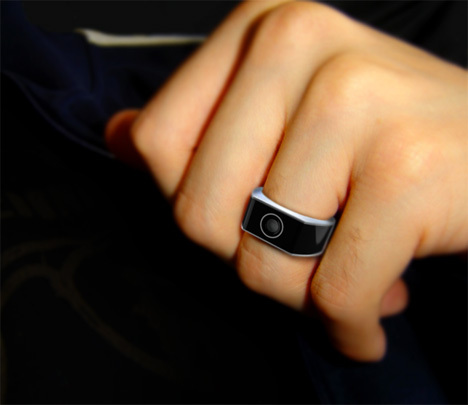Co-authored by Dr. Stephen Bryen, Chairman & CTO, Ziklag Systems
Transitioning from a manual typewriter to an electric was pretty easy. The biggest change was you did not have to do a carriage return, since the electric automatically moved to the next line.
It took a while, too, for people to get used to the first stage of automation. The next blockbuster was getting rid of the IBM Selectric and installing the first word processor.
With the "word processor" (the name for a computer in those days), any error could easily be fixed and another print out made in a matter of a few minutes.
The computer and the keyboard were then the order of the day, and still remain so although their longevity is under assault by Smartphone and tablet devices.
The first Smartphones kept the aura of the word processor by having a keyboard. Most famous of these is the Blackberry, with tens of millions of users typing away with their thumbs (the rest of each hand served only a purpose of holding the device in a stable position).
But iPhone and Android smashed the Blackberry monopoly and, in doing so, for the most part, got rid of the keyboard, substituting for it a "soft" keyboard that, despite improvements, is far slower than the Blackberry.
Even the soft keyboard may soon become an artifact of a lost typing generation. Many are discovering that you can dictate accurately as voice to text recognition systems get better. Google's Android is very good at listening and "typing" out what you say.
Now we are on the precipice of a new era, the wearable device. Instead of devices getting larger (such as the so-called "phablet"), they are getting smaller and will be on your wrist, embedded in your eyewear, or hanging as a dongle from your neck (let's call them "neckphabs"). None of them have either hard or soft keyboards, and therefore can only be useful if they actually transcribe what you say in response to messages, or alternatively record what you say and send it as voice texts or voice emails.
Of course these devices will have Bluetooth so they could support, for example, external keyboards -- but this kind of defeats the main idea of being able to "wear" your machine, and lugging around ancillary gear certainly undermines the stylish benefits of being a human computer droid.
But there are also dangers in the new world without keyboards.
Probably the most obvious risk is that if you use your voice and it is translated into printed words, the transcription process must take place where Google's or Apple's or Microsoft's servers are located, meaning that whatever it is you have to say is, shall we say, in the public domain. No matter what promises of privacy you are given (Google currently promises nothing), there is a big risk in the keyboard-less Big Blab.
While it is true that keyboards can also be compromised (with malware called key loggers), the risk is local and can generally be prevented with a good anti-malware scanner. With the Big Blab, you are at the mercy of someone else, and the someone else at minimum has a strong commercial interest in what you say. Add to that the fact that intruders, snoops and bad guys, not to mention your government, has an incentive to listen in, and you can see that the risk has grown considerably as we enter the new wearable age.
In a similar way, when you are dictating responses to messages or just blabbing out your thoughts, opinions, observations and "to do's", all of that can be intercepted, and rather easily. While Google is now talking about offering some encryption for emails, they have not talked about doing it through transcription services.
In fact, the transcription services and the Big Blab can be turned on their head. When your phone is on, the Big Blab can listen to what you may be saying in a conversation or meeting, transcribe it (taking of advantage of the free transcription service), and sending off the resulting text to whomever is the intruder or has bugged your machine. This is, in part, the idea behind Facebook's notion of listening to what you are listening to, and then offering you videos or music that it "hears." While Facebook is looking at this as a narrow commercial opportunity, what is to say that other services will see it as a way to "anticipate" (if that is the right word) your desires, and take a much more forward approach to bugging your device.
You may be aware of all this on a device that has a screen and allows processing and choices by you, because you can see the options and maybe prevent snooping. It will be far more difficult on wearable devices. Unless you have a handy microscope and huge patience, your wearable device will be an easy target and you, a semi-willing (albeit stylish) victim.
Although you exercise maximum care, and use only APPS that are supposedly clean, you need to keep in mind that one of the options that most APPS figure you will agree to, are called "automatic updates" meaning that APP "improvements" automatically happen. It is one of those automatic updates that Apple exploited to turn on your Bluetooth in certain market driven environments such as shopping malls and super stores so that the store would know where you are, what you are looking at, so they can proactively convince you to buy the product there and then, or follow up in future to talk you into a sale. We are only at the beginning of this kind of real-time exploitation.
The danger of the shift from typewriter, to computer, to mobile, to wearable is represents a considerable downgrade in personal privacy and security.
